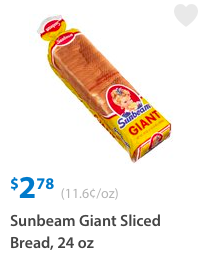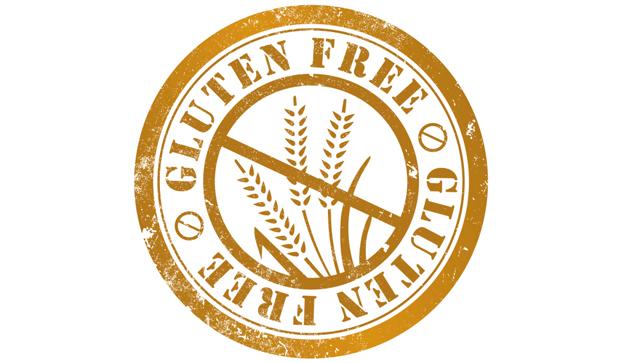Gluten-free diet trend goes commercial: Is it truly good for you?
Gluten-free foods with this FDA-made label can’t contain more than 20 parts per million (ppm) of gluten.
Should you go gluten free? The simplest answer- no.
First of all, you should know that gluten is a protein found in wheat, barley, rye, and other various grains. The gluten-free diet was originally instated for individuals suffering from celiac disease. According to the Celiac Disease Foundation, this disease “is an autoimmune disorder that can occur in genetically predisposed people where the ingestion of gluten leads to damage in the small intestine”. The ingestion of the protein, gluten, ultimately leads to the body’s inability to absorb nutrients.
Recently, this strict no-gluten diet has become somewhat of a fad. Individuals take part in this diet in the hopes of losing weight or feeling less bloated. But if done incorrectly, this diet can actually contribute to weight gain and can have risks.
https://instagram.com/p/9Lw9tQljyw/?tagged=glutenfree
Some claim that a the removal of gluten from their diet effectively made them lose weight and feel more energetic. In reality, for the most part, gluten has no influence on weight loss but the diligence needed to maintain the diet can lead to making healthier decisions in respect to what to eat.
The UW Health Organization warns that completely extracting gluten from your diet can lead to deficiencies in nutrients such as iron and calcium. In addition, grains, similar to fruits and vegetables in this respect, are high in fiber. Without a sufficient fiber replacement, a gluten-free diet can lead to constipation. Furthermore, grains also provide the body with beneficial bacteria. The omission of this bacteria can have a negative effect on the immune system.
If the health detriments are not enough to convince you that a gluten-free diet is not for everyone, then consider the price. On average, gluten free products are more expensive and offer far less variety.

As you can see, these two products both contain 24 oz. of white bread (one regular and the other gluten-free) from Walmart, but the price is drastically different.

If you do follow a gluten-free diet, replace the grains containing gluten with other gluten free foods that are high in nutrients. This may include brown rice, whole corn, or quinoa. Each of these whole grains are naturally gluten free.
A gluten-free diet takes a lot of dedication. You must check every label. Gluten goes far beyond food products. So you have to check medication, shampoos, conditioners, and lotions for the protein as well.

Nicole Browne is a second year staffer, senior Editor-in-Chief of Academy’s Online Newspaper. When not spending her time at crew practice and regattas,...



